#1930s America
Text
instagram
Do you ever “randomly” get a song stuck in your head? I put randomly in quotes because I’m sure the reason will reveal itself sooner or later. This week, it’s Duke Ellington’s “Creole Love Call” featuring Adelaide Hall.
“I was standing in the wings behind the piano when Duke first played it (“Creole Love Call”). I started humming along with the band. He stopped the number and came over to me and said, “That’s just what I was looking for. Can you do it again?” I said, “I can’t, because I don’t know what I was doing.” He begged me to try. Anyway, I did, and sang this counter melody, and he was delighted and said “Addie, you’re going to record this with the band.” A couple of days later I did.” - Adelaide Hall
📷 - Wikimedia Commons (circa early 1920s)
📖 - The Independent (Nov. 8, 1993)
#music history#theatre history#broadway history#adelaide hall#duke ellington#black history#black herstory#1920s america#1930s america#creole love call#harlem history#harlem renaissance#Instagram
3 notes
·
View notes
Text
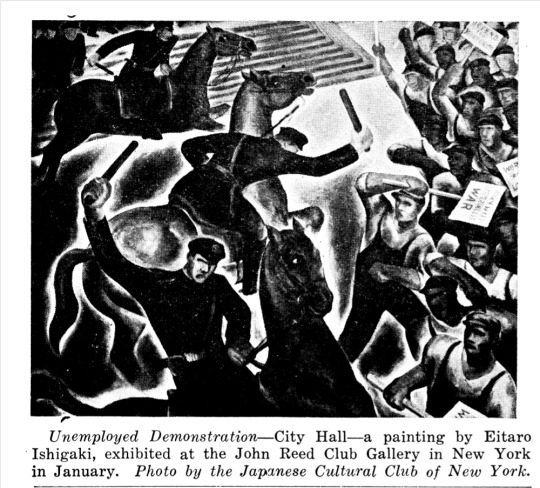
Photo of Unemployed Demonstration, a painting by Eitaro Ishigaki, in the February 1932 New Masses.
(source: marxists.org)
3 notes
·
View notes
Text
#FifthAvenueGlamourGirl #ReneeRosen #historicalfiction #EsteeLauder #Bookreview #womensfiction #chicklit #Berkley #PenguinAudio #Audiobookreview
I just listened to a great #historicalfiction book based upon the life of #EsteeLauder #SaksFifthAvenue is her goal. #FifthAvenueGlamourGirl #ReneeRosen #bookreview #audiobook #bookstagram #booksta #instabooks #ireadbooks #bookreader #bookreviewer
It’s 1938, and a young woman selling face cream out of a New York City beauty parlor is determined to prove she can have it all. Her name is Estée Lauder, and she’s about to take the world by storm, in this dazzling new novel from the USA Today bestselling author of The Social Graces and Park Avenue Summer.
In New York City, you can disappear into the crowd. At least that’s what Gloria Downing…

View On WordPress
#1930s America#Audiobook Review#Berkley Press#Book Review#Chick Lit#Elizabeth Arden#Estee Lauder#Fifth Avenue#Fifth Avenue Glamour Girl#Helena Rubenstein#Historical Fiction#New York City#Penguin Audio#Renee Rosen#Revlon#Saks Fifth Avenue#Womens Fiction
0 notes
Text

Migrant Mother, Nipomo, California (variant, more than one version), 1936. Dorthea Lange, 1895-1965. Silver print.
Rural areas in the 1930s: While not as drastically affected by unemployment as cities , rural poverty remained high. Estimates suggest over 60% of rural households and 80% of farm families were impoverished. Food insecurity was widespread, leading to malnutrition and related health problems, like stunted growth, weakened immune systems, and increased vulnerability to diseases.
#black and white#dorthea lange#photography#foto#vintage#1930s#migrants#poverty#america#fotografia#fotografie#photographie#histoire#history
109 notes
·
View notes
Text

another day, another whiteboard—this time its john trying brie cheese for the first time!
#art#my art#fanart#malevolent#malevolent podcast#arthur lester#john doe#john doe malevolent#cam was doing an ungodly amount of 1930s food research for.. reasons#and learned brie came to america around their time! although arthur was probably already familiar with it cuz hes british. freak
111 notes
·
View notes
Text
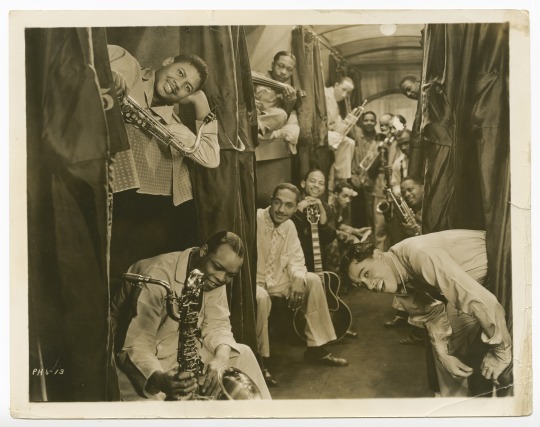
Cab Calloway and his band in a sleeper car, 1933
#Cab Calloway#musicians#photographs#jazz history#1930s#20th century#great depression#gelatin silver prints#american#north america#Harlem renaissance
131 notes
·
View notes
Text
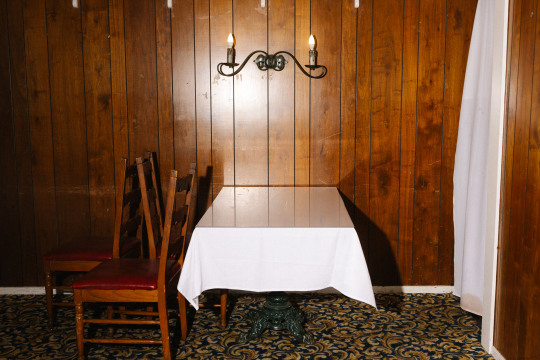
buellton, california.
december 2023
© tag christof
115 notes
·
View notes
Text
Probably my most unpopular Alfred headcanon is that he didn't participate in the roaring 20's at all because he was busy being a farmer in Oklahoma that decade
#hws america#aph america#Hetalia#it serves narrative purpose in my mind#I headcanon that from about 1835 to 1930 actually wasn't getting paid by the U.S government#and was bouncing from state to state taking human jobs to make ends meet#in the 1910's he was working in the meat packing industry in Chicago#but when he got involved with union organizing for that industry he ended up having to skip town to avoid an FBI raid#flees to Rural Oklahoma and changes his name from Alphonsus Kirkland to Alfred Jones#and this sets him up to be in the middle if the dust bowl in the 30's (a historical period I find much more interesting than the 20's)#the dust bowl causes him to move out to California where he works as a seasonal farm laborer for a while#and then when FDR becomes president putting Alfred back on payroll gets lumped into his social welfare reform#and Alfred finally gets a hand in his own government again#and yeah I know no one else in the fandom agrees with this#but you know#my blorbo and my blog so I'll say what I want
195 notes
·
View notes
Text
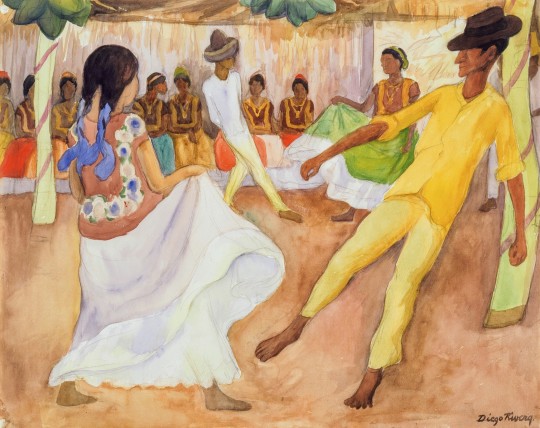
Diego Rivera Zandunga, Tehauntepec Dance. 1935. Watercolor & pencil on paper: 48×61 cm/ 19×24 in.
#mexico#dance#culture#1930s#art history#latin america#music#dancing#art#diego rivera#life#party#hispanic#fashion#style#mexican#community#history#watercolor#cinco de mayo
202 notes
·
View notes
Text

Bill Traylor (American, b. 1853)
Man and Large Dog, circa 1939-42
Poster paint and pencil on cardboard
53 notes
·
View notes
Text
Minor throwaway sentence in a book on corruption I've just finished was talking about 1930s gangsters and about certain organisations in Chicago which the author stated were more ethnically diverse than the Italian mafia, and whose members were said to have included 'Irish, Welsh, Italian, and Jewish' gangsters.
Now call me sheltered but I've seen MANY Italian American gangsters immortalised in film, I've heard of the Jewish mob, and the police Irish American gangs but I have yet to see a movie about the Welsh mob. As a rule I don't go in for gangster movies but I feel there's an unfilled niche here and also I need more info.
#Might delete this in a bit#On a more serious note given the context of the Great Depression and slumps in the coal mining districts of Britain#I can see why Welsh people who emigrated to America might be form an impoverished immigrant community targeted by organised crime#And possibly my surprise comes from outdated national stereotypes and the fact that popular stereotypes of 1930s gangsters#Rarely include immigrant groups that are largely Protestant (at least in the US- in Glasgow and London it's a different story)#Makes me wonder if all those Catholic Aesthetics that directors who make movies about Italian and Irish mobsters are so fond of#Would play the same with Meredith Davies who may be a crook but at least he regularly attends the Methodist chapel#And is a teetotaller and a fixture in various choirs#Welsh accents are often quite soft too I think I'd be fucking terrified of a Welsh gangster in a movie tbh#To be fair real life organised crime obviously encompassed people from all walks of life I'm more interested in movie depictions here#'More Welsh representation!' 'Ah yes how about as gangsters?' 'Er...'#Less surprised if I come across Scots because eventhough they're privileged in the US English media does seem to view Scottish accents#As threatening so Scots often get roped in to play tough guys and gangsters and villains in all sorts of media#And often they will get an Englishman to play a Scot and Scots to play Eastern Europeans which is also weird#But that's off topic; I am not however used to Welsh villains
26 notes
·
View notes
Text
instagram
This man is being photographed sewing bags of rice at a thresher in Crowley, Louisiana. (September 1938)
📸 Lee Russell (1903-1986)
📷 Farm Security Administration - Office of War Information Photograph Collection (Library of Congress)
#black history#ancestors#crowley louisiana#louisiana history#great depression#1930s america#lee russell#Instagram
0 notes
Text


1930 Packard Eight Convertible Sedan by Brewster
Brewster & Co. of New York had a long and prestigious history dating back to 1810, building “Carriages for the American Gentleman,” a slogan they would later adopt. Best known for their work with Rolls-Royce of America, Brewster also built bodies for numerous other companies including a line of cars for Packard. At seven thousand dollars this was one of the most expensive cars offered by Packard in 1930. The Packard Model 745 chassis under this car is considered one of the best of the custom coach building platforms, due to its enormous wheelbase, powerful engine and long hood.
SPECIFICATIONS
Model: Convertible Sedan
Wheelbase: 145.5 inches
Engine: 384.8 cu. In. straight eight
Horsepower: 106 BHP @ 3600 rpm
Transmission: Three speed-manual
Brakes: Mechanical Drum Brakes
Curb Weight: 4,645 lbs.
Price When New: $7,005
25 notes
·
View notes
Text
#TheFirstLadies #MarieBenedict #VictoriaChristopherMurray #NewBooks #HistoricalFiction #June2023Release #CivilRights #BerkleyPublishing #PenguinAudio
The #CivilRightsMovement began long ago, and a new #historicalfiction novel explores the work #EleanorRoosevelt and #CivilRightsLeader #MaryMcLeodBethune did together and separately, from 1927 to 1945. #TheFirstLadies #MarieBenedict #BookReview #Berkley
The daughter of formerly enslaved parents, Mary McLeod Bethune refuses to back down as white supremacists attempt to thwart her work. She marches on as an activist and an educator, and as her reputation grows, she becomes a celebrity, renowned in the Black community, revered by titans of business, and recognized by U.S. Presidents. Eleanor Roosevelt herself is awestruck and eager to make her…
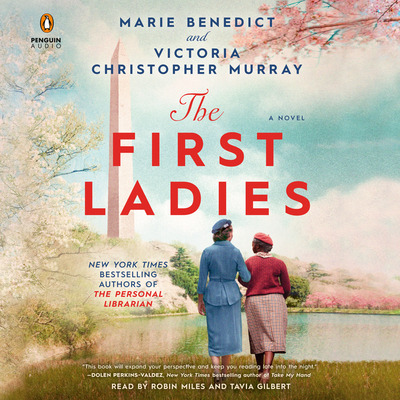
View On WordPress
#1930s America#1940s America#Audiobook#Audiobook Review#Berkley Press#Book Review#Civil Rights Movement#Eleanor Roosevelt#FDR#First Lady#Franklin Roosevelt#Historical Fiction#June 2023 Books#Marie Benedict#Mary McLeod Bethune#New Books#Penguin Audio#The First Ladies#U.S. Presidents#Victoria Christopher Murray
0 notes
Text
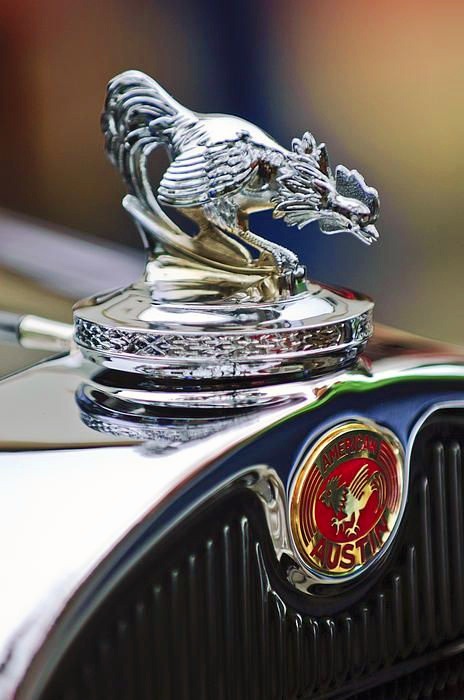

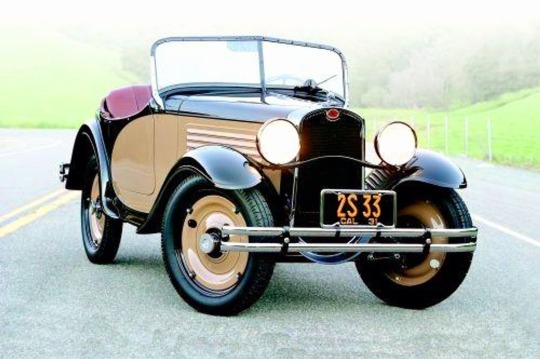
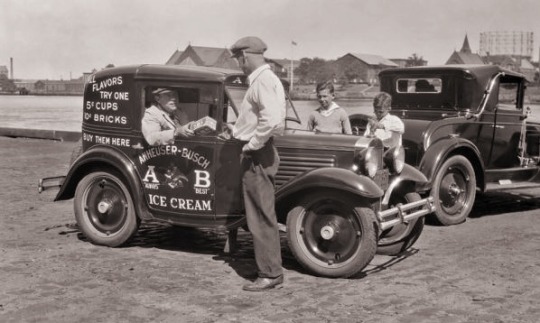
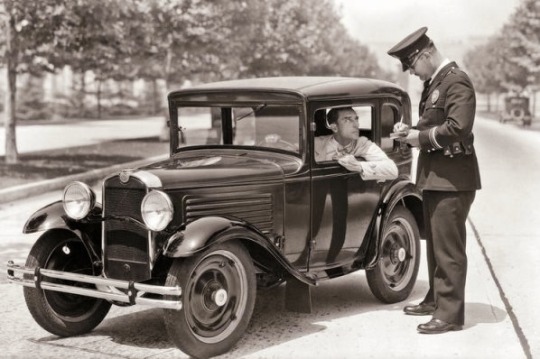

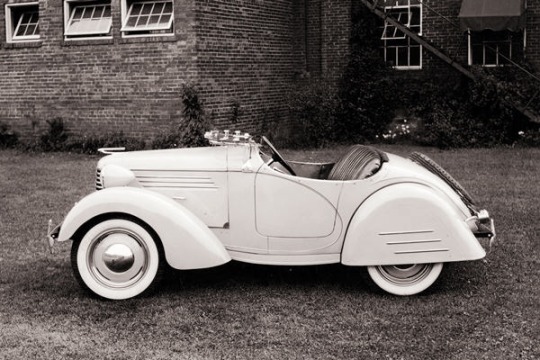
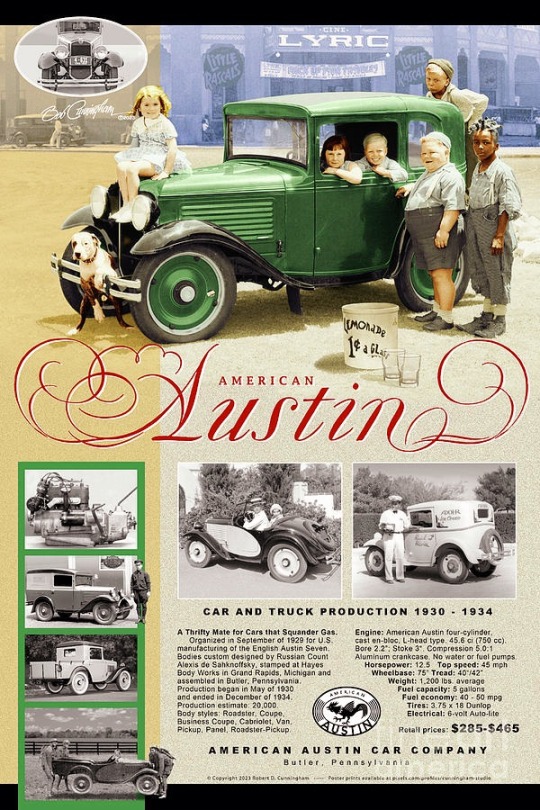
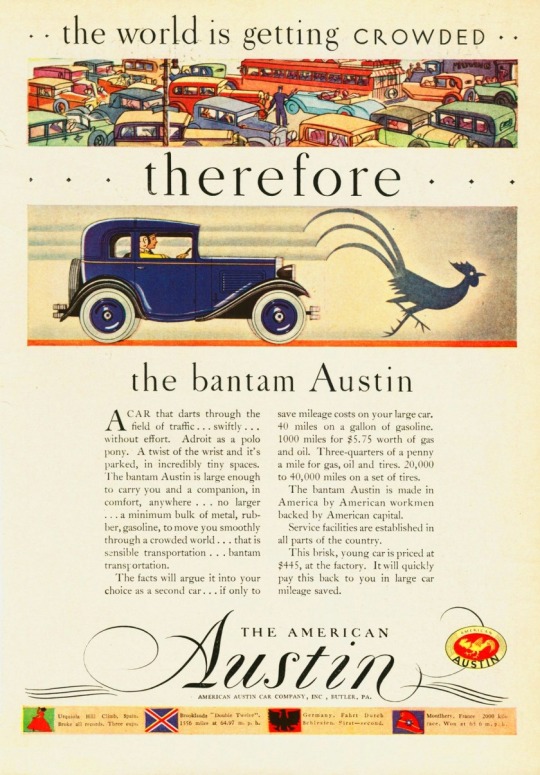

🇺🇲🤝🇬🇧 Embark on a captivating journey through the history of the American Austin Car Company, a pioneering force in the automotive industry that left an enduring legacy on American roads!
🔍 Founded on February 23, 1929, in Butler, Pennsylvania, the American Austin Car Company Inc. aimed to revolutionize urban mobility during the Great Depression by producing affordable, fuel-efficient vehicles tailored to American drivers' needs. Licensed from the renowned British Austin Motor Company, the company drew inspiration from European compact cars to create its own unique models.
👑 The parent company, Austin Motor Company Limited, established by Herbert Austin in Longbridge in 1905, experienced significant growth during World War I, fulfilling government contracts and expanding its workforce. Despite its illustrious British roots, the American Austin Car Company faced challenges in marketing tiny Austin cars in the US market.
💡 In 1930, the company introduced its first model, the American Austin, featuring a compact design and economical performance that quickly appealed to urban commuters. With its diminutive wheelbase of only 75 inches and track width of 40 inches, the American Austin stood out as one of the smallest production cars in the USA, gaining popularity for its efficiency and agility.
⚙️ The American Austin Car Company's innovative approach to automotive design paved the way for iconic models like the American Austin Coupe and Roadster, renowned for their streamlined silhouettes and nimble handling. Despite initial success, the company faced challenges during the Great Depression, leading to a decline in sales and eventual suspension of production in 1932.
📉 Despite attempts to diversify production, including the introduction of small-scale pickup trucks in 1934, the company struggled to regain momentum. By 1935, the American Austin Car Company was liquidated, with its assets acquired by Evans Operations, Inc. The formation of the American Bantam Car Company in 1936 marked the end of an era for the American Austin brand.
#brits and yanks on wheels#retro cars#transatlantic torque#vehicle#cars#old cars#brands#companies#automobile#american cars#british automotive#american auto#automotive#auto#british cars#made in uk#made in america#made in england#made in usa#austin motor company#austin#american austin motor company#great depression#1920s#1930s#history#old car#retro#vintage#industry
14 notes
·
View notes
Text
On May 28, 1914, the Institut für Schiffs-und Tropenkrankheiten (Institute for Maritime and Tropical Diseases, ISTK) in Hamburg began operations in a complex of new brick buildings on the bank of the Elb. The buildings were designed by Fritz Schumacher, who had become the Head of Hamburg’s building department (Leiter des Hochbauamtes) in 1909 after a “flood of architectural projects” accumulated following the industrialization of the harbor in the 1880s and the “new housing and working conditions” that followed. The ISTK was one of these projects, connected to the port by its [...] mission: to research and heal tropical illnesses; [...] to support the Hamburg Port [...]; and to support endeavors of the German Empire overseas.
First established in 1900 by Bernhard Nocht, chief of the Port Medical Service, the ISTK originally operated out of an existing building, but by 1909, when the Hamburg Colonial Institute became its parent organization (and Schumacher was hired by the Hamburg Senate), the operations of the ISTK had outgrown [...]. [I]ts commission by the city was an opportunity for Schumacher to show how he could contribute to guiding the city’s economic and architectural growth in tandem, and for Nocht, an opportunity to establish an unprecedented spatial paradigm for the field of Tropical Medicine that anchored the new frontier of science in the German Empire. [...]
[There was a] shared drive to contribute to the [...] wealth of Hamburg within the context of its expanding global network [...]. [E]ach discipline [...] architecture and medicine were participating in a shared [...] discursive operation. [...]
---
The brick used on the ISTK façades was key to Schumacher’s larger Städtebau plan for Hamburg, which envisioned the city as a vehicle for a “harmonious” synthesis between aesthetics and economy. [...] For Schumacher, brick [was significantly preferable] [...]. Used by [...] Hamburg architects [over the past few decades], who acquired their penchant for neo-gothic brickwork at the Hanover school, brick had both a historical presence and aesthetic pedigree in Hamburg [...]. [T]his material had already been used in Die Speicherstadt, a warehouse district in Hamburg where unequal social conditions had only grown more exacerbated [...]. Die Speicherstadt was constructed in three phases [beginning] in 1883 [...]. By serving the port, the warehouses facilitated the expansion and security of Hamburg’s wealth. [...] Yet the collective profits accrued to the city by these buildings [...] did not increase economic prosperity and social equity for all. [...] [A] residential area for harbor workers was demolished to make way for the warehouses. After the contract for the port expansion was negotiated in 1881, over 20,000 people were pushed out of their homes and into adjacent areas of the city, which soon became overcrowded [...]. In turn, these [...] areas of the city [...] were the worst hit by the Hamburg cholera epidemic of 1892, the most devastating in Europe that year. The 1892 cholera epidemic [...] articulated the growing inability of the Hamburg Senate, comprising the city’s elite, to manage class relationships [...] [in such] a city that was explicitly run by and for the merchant class [...].
In Hamburg, the response to such an ugly disease of the masses was the enforcement of quarantine methods that pushed the working class into the suburbs, isolated immigrants on an island, and separated the sick according to racial identity.
In partnership with the German Empire, Hamburg established new hygiene institutions in the city, including the Port Medical Service (a progenitor of the ISTK). [...] [T]he discourse of [creating the school for tropical medicine] centered around city building and nation building, brick by brick, mark by mark.
---
Just as the exterior condition of the building was, for Schumacher, part of a much larger plan for the city, the program of the building and its interior were part of the German Empire and Tropical Medicine’s much larger interest in controlling the health and wealth of its nation and colonies. [...]
Yet the establishment of the ISTK marked a critical shift in medical thinking [...]. And while the ISTK was not the only institution in Europe to form around the conception and perceived threat of tropical diseases, it was the first to build a facility specifically to support their “exploration and combat” in lockstep, as Nocht described it.
The field of Tropical Medicine had been established in Germany by the very same journal Nocht published his overview of the ISTK. The Archiv für Schiffs- und Tropen-Hygiene unter besonderer Berücksichtigung der Pathologie und Therapie was first published in 1897, the same year that the German Empire claimed Kiaochow (northeast China) and about two years after it claimed Southwest Africa (Namibia), Cameroon, Togo, East Africa (Tanzania, Burundi, Rwanda), New Guinea (today the northern part of Papua New Guinea), and the Marshall Islands; two years later, it would also claim the Caroline Islands, Palau, Mariana Islands (today Micronesia), and Samoa (today Western Samoa).
---
The inaugural journal [...] marked a paradigm shift [...]. In his opening letter, the editor stated that the aim of Tropical Medicine is to “provide the white race with a home in the tropics.” [...]
As part of the institute’s agenda to support the expansion of the Empire through teaching and development [...], members of the ISTK contributed to the Deutsches Kolonial Lexikon, a three-volume series completed in 1914 (in the same year as the new ISTK buildings) and published in 1920. The three volumes contained maps of the colonies coded to show the areas that were considered “healthy” for Europeans, along with recommended building guidelines for hospitals in the tropics. [...] "Natives" were given separate facilities [...]. The hospital at the ISTK was similarly divided according to identity. An essentializing belief in “intrinsic factors” determined by skin color, constitutive to Tropical Medicine, materialized in the building’s circulation. Potential patients were assessed in the main building to determine their next destination in the hospital. A room labeled “Farbige” (colored) - visible in both Nocht and Schumacher’s publications - shows that the hospital segregated people of color from whites. [...]
---
Despite belonging to two different disciplines [medicine and architecture], both Nocht and Schumacher’s publications articulate an understanding of health [...] that is linked to concepts of identity separating white upper-class German Europeans from others. [In] Hamburg [...] recent growth of the shipping industry and overt engagement of the German Empire in colonialism brought even more distant global connections to its port. For Schumacher, Hamburg’s presence in a global network meant it needed to strengthen its local identity and economy [by purposefully seeking to showcase "traditional" northern German neo-gothic brickwork while elevating local brick industry] lest it grow too far from its roots. In the case of Tropical Medicine at the ISTK, the “tropics” seemed to act as a foil for the European identity - a constructed category through which the European identity could redescribe itself by exclusion [...].
What it meant to be sick or healthy was taken up by both medicine and architecture - [...] neither in a vacuum.
---
All text above by: Carrie Bly. "Mediums of Medicine: The Institute for Maritime and Tropical Diseases in Hamburg". Sick Architecture series published by e-flux Architecture. November 2020. [Bold emphasis and some paragraph breaks/contractions added by me. Text within brackets added by me for clarity. Presented here for commentary, teaching, criticism purposes.]
#abolition#ecology#sorry i know its long ive been looking at this in my drafts for a long long time trying to condense#but its such a rich comparison that i didnt wanna lessen the impact of blys work here#bly in 2022 did dissertation defense in architecture history and theory on political economy of steel in US in 20s and 30#add this to our conversations about brazilian eugenics in 1930s explicitly conflating hygiene modernist architecture and white supremacy#and british tropical medicine establishment in colonial india#and US sanitation and antimosquito campaigns in 1910s panama using jim crow laws and segregation and forcibly testing local women#see chakrabartis work on tropical medicine and empire in south asia and fahim amirs cloudy swords#and greg mitmans work on connections between#US tropical medicine schools and fruit plantations in central america and US military occupation of philippines and rubber in west africa
13 notes
·
View notes